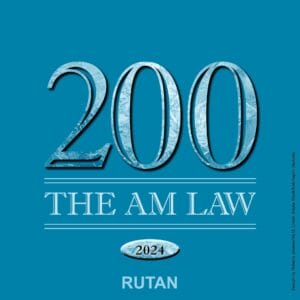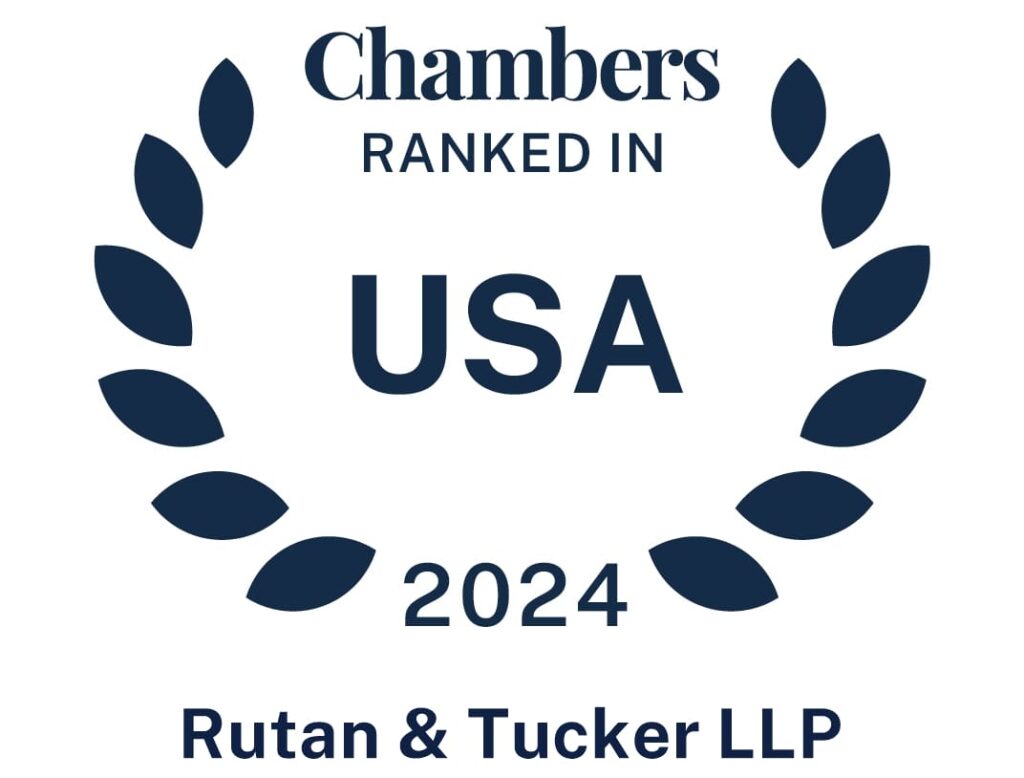On Tuesday morning, January 9, 2024, the United States Supreme Court heard oral arguments in a case that could become a major game-changer in the way that development fees and exactions are calculated, imposed, and judicially-reviewed in California and several other states. The case is “George Sheetz v. County of El Dorado, Californ shouia.” [1] The Court is expected to decide whether the California courts erred by exempting certain (“legislatively-established”) development fees from Dolan’s constitutional requirement that the government show that the amounts of its fees are at least “roughly proportional” to the costs mitigating development impacts. The Sheetz case has been described as “the most important Supreme Court land use case to come out of California since the Court decided both the Nollan and First English cases in 1987.”
Background – Constitutional Requirements for Development Exactions and Fees:
In 1987, in Nollan v California Coastal Commission, the U.S. Supreme Court reversed a California state court decision, and held that governments must show that there is a reasonable “nexus” between their exactions of property and the alleged impacts of the proposed development in order for the exaction to be deemed valid as a matter of federal constitutional law, under the doctrine prohibiting unconstitutional conditions.
In 1994, the Supreme Court further clarified the constitutional standards applicable to exactions demanded as conditions of development approval, in Dolan v. City of Tigard, Oregon. The Court held that the government has the burden prove two facts: (1) that there is a reasonable nexus between the exaction and the impacts of the project; and (2) that the amount of the exaction is at least “reasonably proportional” to the costs of addressing the alleged impacts of the project. In 1996, the California Supreme Court held that the Dolan “rough proportionality” requirement is applicable to demands for money (i.e., development impact fees) as well as exactions of property – at least where the fees are imposed “administratively” in a project-specific permit context, purportedly based on a “distinction” from fees that have been “legislatively-established.” (Ehrlich v. City of Culver City).
For 30 years, there has been confusion and inconsistency in the lower courts nationwide as to whether or not development fees that are characterized as “legislatively-established” may be “exempt” from Dolan’s constitutional rough proportionality requirement. Many states have rejected the idea of such a double-standard for development fees. However, the California courts largely adopted the notion that “generally-applicable, legislatively-established” development fees are not subject to Dolan’s requirement that fees be roughly proportional to impacts of new development – as in Sheetz. As a result, development fees in California have not been subject to the constraints on the amounts exacted that are applied elsewhere in the country. Many observers have concluded that this is a major factor in the extraordinarily high fees prevailing in California, and the high cost of housing.
Facts of the Sheetz case: In 2006, the County of El Dorado’s Board of Supervisors “legislatively-adopted” a General Plan that included a traffic impact mitigation fee program, requiring new development to pay specified fees pursuant to a schedule for road improvements. The amount of the fees on the schedule is generally based on the location of the project (i.e., the specific geographic zone within the County), and the type of project (e.g., single-family residential, multifamily residential general commercial). The record indicated that the County had “allocated” the estimated costs of those improvements so that new development would pay a disproportionally-high share of those costs, without regard to the cost specifically attributable to the particular project on which the fee is imposed. The County “administratively” imposes the fee on a specific permit application based on the schedule, without any “individualized determinations” as to the nature and extent of the traffic impacts caused by a particular project on state and local roads.
George Sheetz applied to the County for a permit to build a modest 1800 SF manufactured house on his residentially-zoned property in Placerville. The County demanded $23,400 in traffic-mitigation fees as a condition of issuing the permit. Sheetz paid the fee under protest and sued in state court to challenge the validity of the fee under both the Mitigation Fee Act and the takings clause of the United States Constitution, namely the special application of the “unconstitutional conditions doctrine” as explained in Nollan and Dolan.
The California Courts’ Decisions: The trial court denied all relief to Mr. Sheetz, based in part on its conclusion that the traffic-mitigation fee was not subject to the requirements of Nollan and Dolan because of its reliance on a purported “California rule” that “exempted” a legislatively prescribed development fee that is generally applicable to a broad class of property owners from those requirements.
The California Court of Appeal affirmed the denial of all relief to Mr. Sheetz, again because it felt bound by a purported “California rule” that applies a double standard and holds that “generally-applicable development fees are not subject to the Nollan/Dolan test.” The California Supreme court denied review of that decision.
The Road to the U.S. Supreme Court: Mr. Sheetz petitioned for the U.S. Supreme Court to review this case. Rutan & Tucker was requested to represent the National Association of Home Builders and the California Building Industry Association, as ‘friends of the Court,’ and to submit briefing in support of Mr. Sheetz’ petition. The Court granted the petition on September 29, 2023, one of only about 80 cases the Court agrees to review each year. Rutan & Tucker again filed ‘friend of the court’ briefing on the merits, on behalf of NAHB and CBIA, in advance of the recent Oral Arguments in the Court. The Court’s decision is expected before July.
Possible Significance? IF the Court reverses the decision of the California courts, it is expected that California local governments will continue to be able to establish and impose development fees, but subject to more transparency as to the amounts of fees charged, with more opportunity for fee-payers to question the amounts of fees or exactions imposed.
For more information, please contact Dave Lanferman, Doug Dennington, Jayson Parsons or Scott Cooper at Rutan & Tucker.
[1] No. 22-1074, Sept. 29, 2023 (case below Sheetz v. County of El Dorado,84 Cal.App.5th 394 (Cal.App.3rd Dist. 2022).



